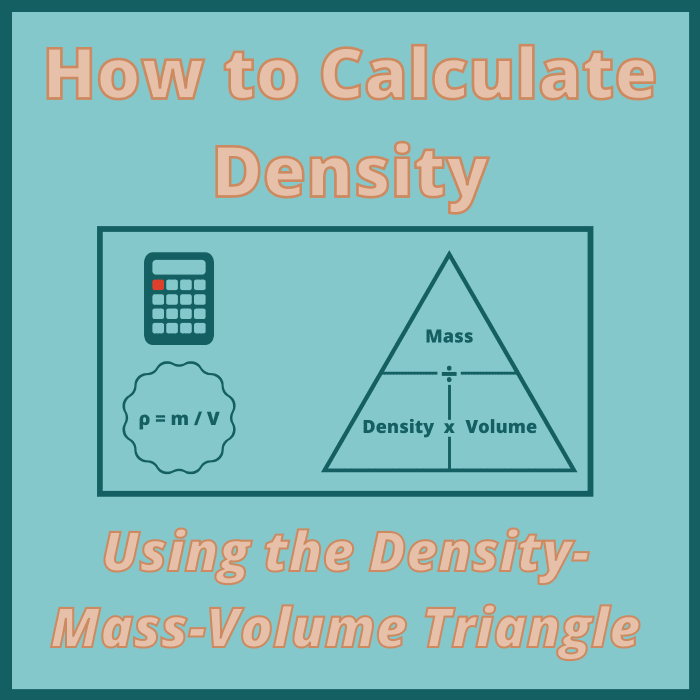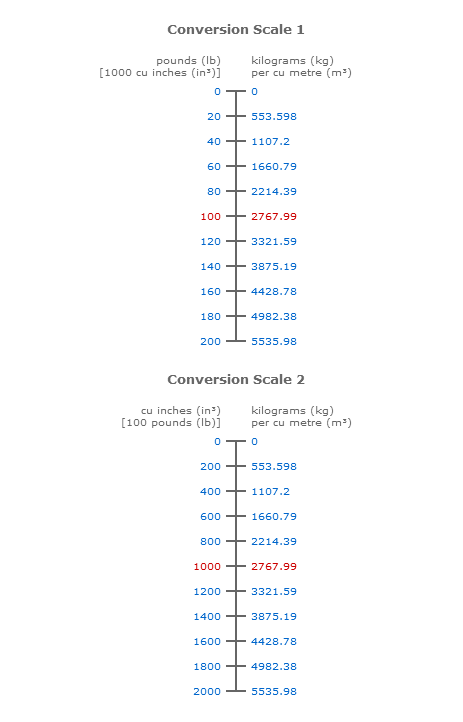
The answer we want is the mass of the gold bar in kilograms. Multiply all three of these numbers together to get the volume of the gold bar. It also finds the volume and mass if density is given. Use the conversion factor of 1 inch = 2.54 centimeters.Ħ inches = 6 inches x 2.54 cm/1 inch = 15.24 cm.Ĥ inches = 4 inches x 2.54 cm/1 inch = 10.16 cm.Ģ inches = 2 inches x 2.54 cm/1 inch = 5.08 cm. Density calculator calculates the density of fluids by dividing mass of object with its volume. First, we must convert the inch measurements to centimeters. The density we have been given is in grams per cubic centimeter but the bar is measured in inches. Now we need to find the volume of the gold bar. Multiply both sides of this equation by the volume, V and get: We have the density and enough information to find the volume in the problem. We perform the calculation and determine that the percentage concentration of the saline solution is 0.9 percent mass by volume.Density is equal to the mass divided by the volume. Typically when calculating the mass-by-volume percentage concentration, the mass should have a unit of grams and the volume should have a unit of milliliters. Notice that the numerator has a mass unit and the denominator has a volume unit. We can substitute the nine grams and 1000 milliliters into our equation. The sodium chloride represents the part, and the solution represents the whole.

The Density formula used by this calculator is: m / V. Once a density has been calculated the tool will also display two conversion scales for a range of mass and volume values. Weight is the measure of the gravitational force acting on a mass. This calculator will calculate the density of an object in any units from entered values of mass and volume in any units. It is one component of the solution, which is the total mixture. One way to calculate mass: Mass volume × density. In our example, the sodium chloride is the solute, the substance that dissolves. We need to take the mass of the part and divide it by the volume of the whole, or the total volume. We can combine the generic equation with our equation for mass-by-volume percentage concentration to make it more specific. Percentage equals the part divided by the whole times 100 percent. Let’s consider the generic equation for finding a percentage. And as we are calculating a percentage, we will also need to multiply by 100 percent.

The app’s interface consists of a standard, uncomplicated window where you can select one of the numerous shapes available, such as rectangular, round, hexagonal. It can be used by math, chemistry or physics students, or common users. We will need to divide a mass by a volume. AVD Mass and Volume Calculator is a tool designed to help you find out the mass and volume of 3D objects. Length Unit Converter Surface Calculator Volume Unit Conversion Calculator Mass Weight. Even if we don’t know the equation for mass-by-volume percentage concentration, this sentence gives us a clue. For question or remarks please contact us. Using this information, we want to calculate the mass-by-volume percentage concentration. This solution was prepared by dissolving nine grams of sodium chloride in water so that once combined, the solution would have a total volume of 1000 milliliters. The Density of an object is its mass per unit volume, the Mass is a physical quantity expressing the amount of matter in an object and the Volume is the quantity of three-dimensional space enclosed within an object.

What is the mass-by-volume percentage concentration, percent mass by volume, of the saline solution? Use this online calculator to calculate Mass, Density and Volume.

A saline solution was prepared by dissolving nine grams of NaCl in water to produce a solution with a total volume of 1000 milliliters.


 0 kommentar(er)
0 kommentar(er)
